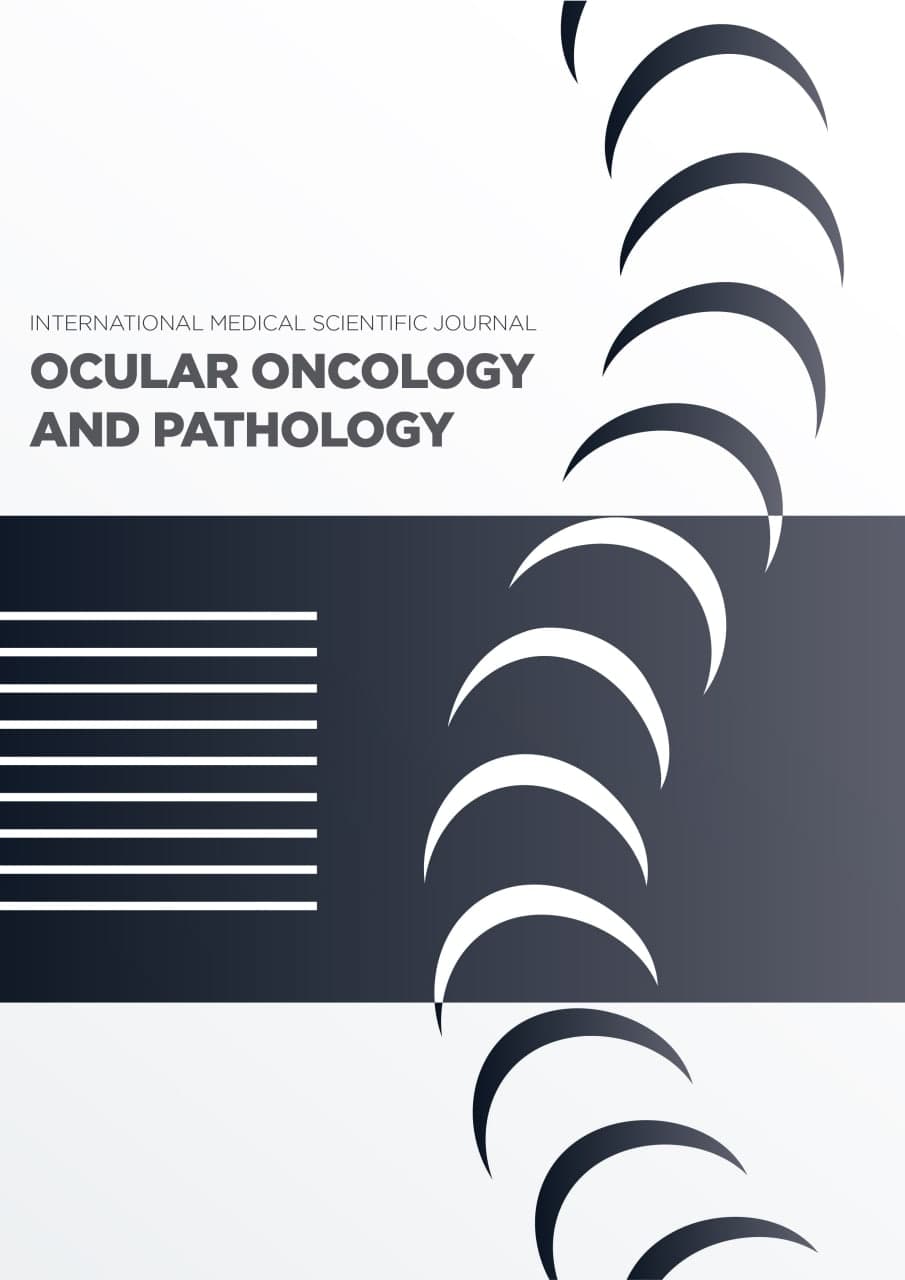About the Journal
 Aims and Scope
Aims and Scope
Ocular Oncology and Pathology provide a selection of topical clinical and basic research articles covering the etiology, pathology, diagnostic techniques, imaging features, and advances in the medical and surgical treatment of ophthalmic cancers. The focus lies on clinicopathological correlations, evidence-based clinical studies, and translational science. In addition to original research, Ocular Oncology and Pathology features timely reviews on contemporary topics, novel-insight case reports, and letters to ensure that the readers remain up to date with recent advances. Journal Sections
By invitation, 1,500 words, 2 tables and figures (total), 15 references. Personal viewpoint based upon published evidence or clinical experience. Could include a diagnostic method, therapeutic choice, or approach to counseling. Subject to peer review.
Clinical Research
By submission, 2,500 words, 5 tables and figures (total), 50 references.
Previously unpublished original scientific work with an emphasis on ocular oncology or pathology. Could be clinical or laboratory science. Subject to peer review.
Basic Science Research
By submission, 2,500 words, 5 tables and figures (total), 50 references.
Previously unpublished original scientific work with an emphasis on ocular oncology or pathology. Could be clinical or laboratory science. Subject to peer review.
Point Counterpoint
By invitation, 1,500 words, 2 tables and figures (total), 15 references each. 2 authors arguing for their position based upon published evidence or clinical experience. Could include diagnostic methods, therapeutic choice or approach to counseling. Subject to peer review.
Klintworth Lecture
By invitation, subject to peer review.
Stallard Lecture
By invitation, subject to peer review.
Research Article
Research Articles report on primary research. They must describe significant and original observations. Consideration for publication is based on the article’s originality, novelty, and scientific soundness, and the appropriateness of its analysis.
Research Articles are reports of original work. Authors are asked to follow the EQUATOR Network for Research Articles.
Prior approval from an Institutional Review Board (IRB) or an Ethics Review Committee is required for all investigations involving human subjects.
Documents
Research Article (DOCX, 27.17 KB)
Research articles should contain 2,500 words, 5 tables and figures (total), 50 references, and an abstract of max. 200 words.
Review Article
Review Articles are considered reviews of research or summary articles. They are state-of-the-art papers covering a current topic by experts in the field. They should give evidence on and provide answers to a well-defined aspect or question in a particular area. Review Articles must include a critical discussion of the reported data and give a clear conclusion with potential impacts on the standard of care.
A downloadable template is available below.
Documents
Review Article (DOCX, 22.79 KB)
Review articles should contain up to 5,000 words, 5 tables and figures (total), 50 references, and an abstract of max. 200 words.
Editorial
Editorials are discussions related to a specific article or issue written by an editor or other member of the publication staff.
A downloadable template is available below.
Documents
Editorial (DOCX, 24.02 KB)
Letter
Letters are encouraged if they directly concern articles recently published in the journal. If accepted, the editors reserve the right to submit such letters to the authors of the articles concerned prior to publication, in order to permit them to respond in the same issue of the journal.
In exceptional cases, Letters may also address data published in another journal or general subjects related to matters discussed in the journal.
A downloadable template is available below.
Documents
Letter (DOCX, 23.33 KB)
Letters should contain 500 words, notables and figures, 5 references, and no abstract.
